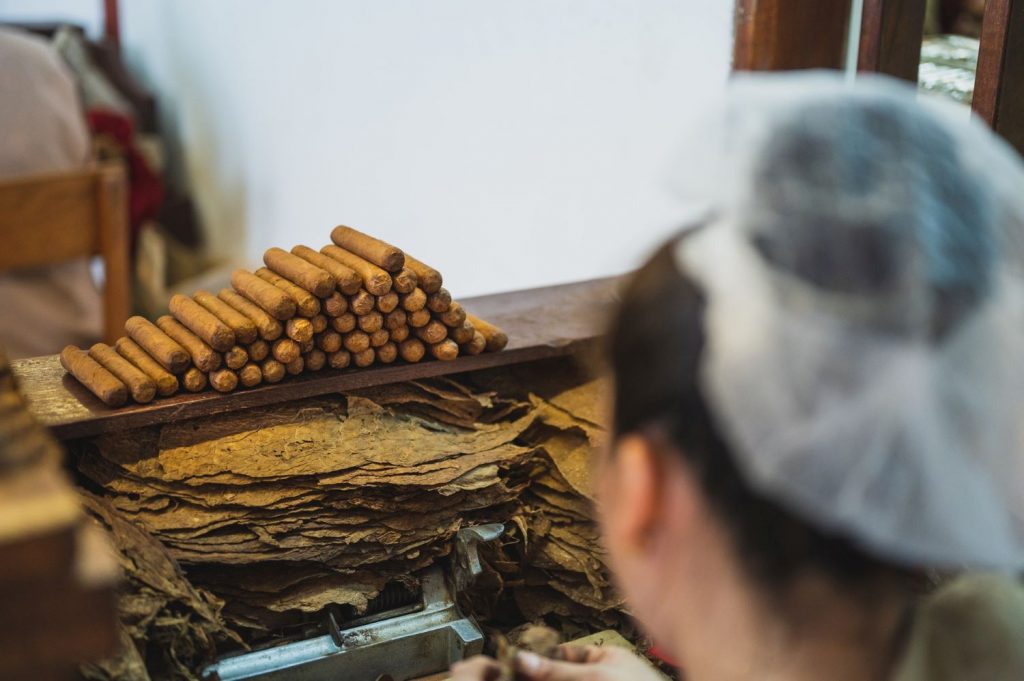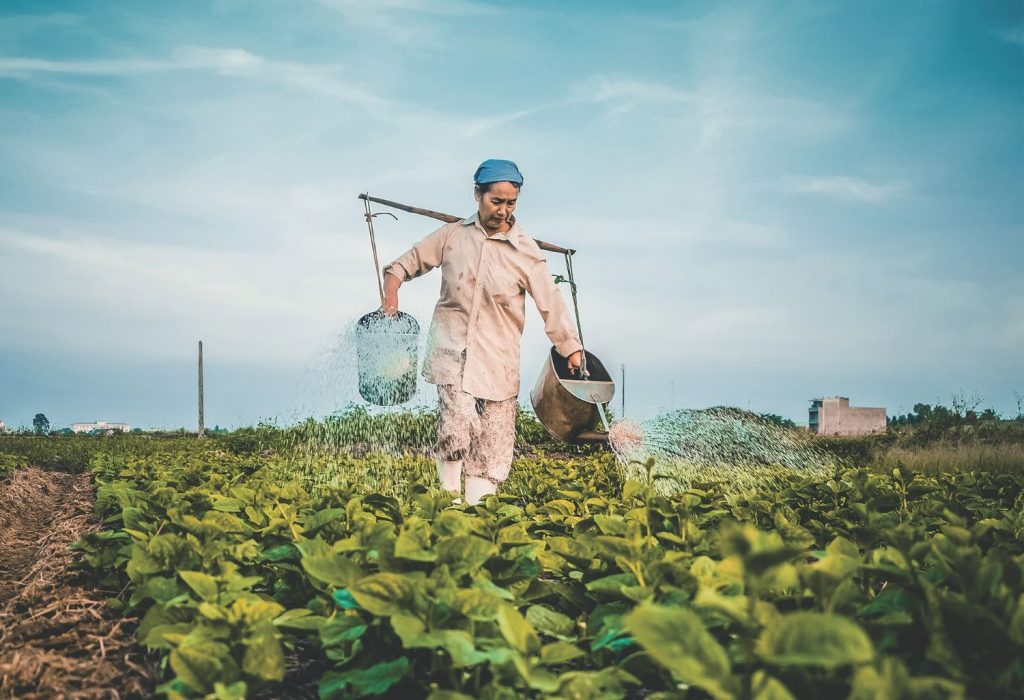You already know that cigars are becoming the smoke of choice for many people globally. But did you stop to wonder, what are the different types of tobacco used in cigars? Here’s the thing, your cigar is only as good as the strain of tobacco used to make it.
The tobacco choice will influence the burns and the taste of your cigars. So, here is a breakdown of the most common cigar tobacco to help you identify the best quality cigars in the market. But first, let’s look at a little tobacco history.

Tobacco Origins
Tobacco was initially grown in Ecuador and Peru. As of today, scientists have identified 66 different types of tobacco. But only two of the 66 are accepted for smoking. In 1753, the two were given the name Nicotiana rustica Linnaeus and Nicotiana tabacum Linnaeus by the Swedish botanist Carolus Linnaeus.
Nicotiana tabacum Linnaeus is the tobacco type that is used today to make almost all the smoking tobacco. Nevertheless, there are many different sub-species of the Nicotiana tabacum Linnaeus family.
For instance, the oriental, blonde, and burley species are used for cigarettes after being fire-cured. On the other hand, the black species is air-cured and then used to make cigars. Moreover, the growing regions for the black tobacco are vast as long as there is a sandy loam of volcanic soil in a humid and hot climate.
This tobacco plant’s leaves also have a strong and fuller flavor, nicotine content, and aroma that makes them suitable for smoking without the need for inhalation. The smoke, in this case, is meant to be enjoyed for its aroma and taste.
Back to the question, what are the different types of tobacco used in cigars? Here are the 5 basic types of tobacco that are grown in different regions:

Basic Tobacco Types
- The Bahia is grown in Brazil. It is one of the oldest and the most native tobacco seeds.
- Habanesis Hybrids form the basis of the Cuban seed. They were developed from Mexico tobacco seeds in 1534.
- Sumatran tobacco was first planted in the Indonesian Island from seeds brought by Butch explorers in the 1500s.
- Broadleaf tobacco is widely grown in the United States.
- San Andres Negro is planted in Mexico.
Further experimentation and development have led to the discovery of other tobacco varieties. These include:
- The Arapiraca is made from the Bahia tobacco and is grown in Brazil
- The Broadleaf tobacco is grown in Connecticut. The stalk cut and the sun-grown nature of this tobacco plant make it perfect for making the Maduro cigar wrappers.
- The Connecticut shade is mainly grown for the wrapper leaves. The seeds of this tobacco plant are also planted in Honduras and Ecuador.
- The Corojo 99 was developed in 1999 in Cuba for the wrapper leaf. It is also found in other places like Ecuador.
- The Criollo 98 and 99 were developed in Cuba as a more disease-resistant version of the primary Cuban Criollo plant.
- The relatively mild Isabela that is grown in the Philippines
- The Olor is also mild and native to the Dominican Republic
- The Piloto Cubano is grown in the Dominican Republic as well. These seeds were brought from Cuba in 1960 by Carlos Torano.
- The San Vicente has a less powerful aroma and flavor than the Piloto Cubano but is also grown in the Dominican Republic.
- The Tembakau Bawah Naungan (TBN) is grown under shade in Indonesia. It is a crossbreed of the Connecticut styles and the Besuki and is perfect for the wrapper.
- The Besuki is further divided into the early harvest and the late harvest type of tobacco plants. It is grown in Java in Indonesia.
- Cameroon, grown in the West African country of Cameroon. It is also found in Ecuador.
- The Connecticut Sun-Grown was from Cuba but is grown in Connecticut. It is also known as the Havana seed.
- The Corojo plant is best used for wrappers. Initially grown in Cuba, the plant is now found in Nicaragua, Honduras, and other regions.
- The Criollo was developed in 1941 in Cuba. It is also found in Nicaragua and Honduras.
- The Habana 2000 was developed in Cuba in 1992 as a more resistant version of the Corojo. It is preferred for use on the cigar wrapper and is also found in Mexico and Honduras.
- The Mata Sul or Mata Fina or Mata Norte is grown in Brazil and is from the Bahia type.
- The San Andres is grown in Mexico and Costa Rica.
- The Sumatra is planted in Mexico and Ecuador.
- The Vorstenlanden is grown in Indonesia and has a wrapper leaf shade grown from a seed called the VBN.
Despite the development of many tobacco types, there is still a need for uniformity among the many varieties. Nevertheless, the trademark of black tobacco lies in its unique nature, hence developing different types of cigar wrappers, binders, and fillers.
For instance, a black Cuban seed grown in two different locations will result in the same tobacco plant. However, the tobacco leaf from each plant will have a diverse body, aroma, and flavor.
Another defining difference in tobacco use for cigars is filler tobacco, which has further led to different cigar sizes and shapes. So, what are the different types of tobacco used in cigars? The tobacco strains are many, and as a result, the types of tobacco trees used to make cigar wrappers, binders, and fillers, are numerous.












